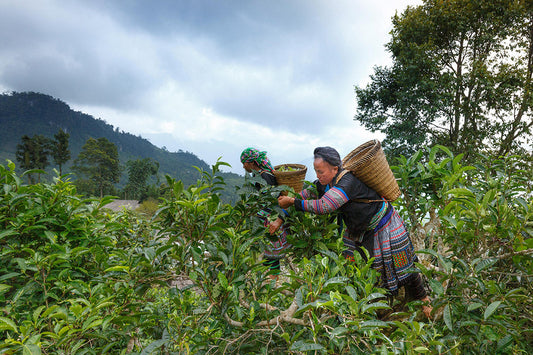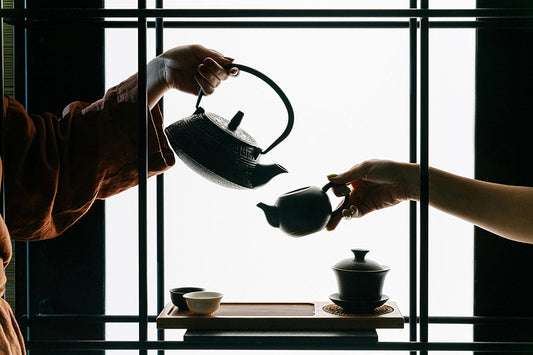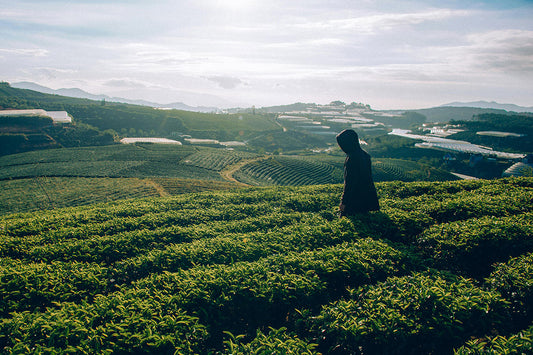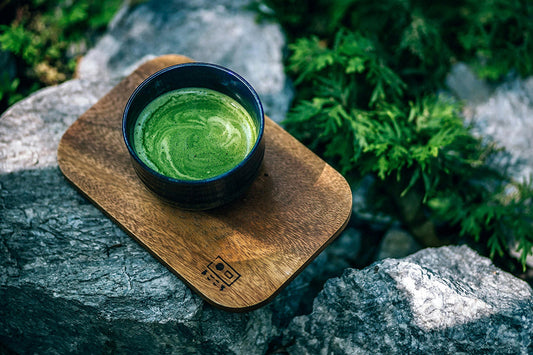When you steep a beautiful cup of loose-leaf tea, you might wonder: Can I reuse these tea leaves? The answer is yes—but with a few important caveats. Reusing tea leaves can unlock new flavors, reduce waste, and even enhance your tea-drinking experience—when done correctly. In this guide, we’ll walk you through everything you need to know about re-steeping tea leaves: which types are best for multiple infusions, how to store used leaves, and when it’s time to toss them out.
What Does It Mean to Reuse Tea Leaves?
Reusing tea leaves—also known as resteeping—refers to the process of brewing the same leaves more than once. It’s a common and traditional practice in many tea-drinking cultures, especially in China and Japan. Unlike tea bags, which are typically made for single use, high-quality loose-leaf teas can often deliver several flavorful infusions.
Why Would You Want to Reuse Tea Leaves?
There are several reasons why tea enthusiasts reuse their tea leaves:
-
Maximize value – Premium teas can be expensive. Reusing them helps stretch their worth.
-
Explore complex flavors – Some teas reveal new flavor notes with each infusion.
-
Sustainability – Resteeping reduces waste and supports a more eco-conscious tea lifestyle.
-
Cultural appreciation – Many traditional tea ceremonies are based on multiple infusions of the same leaves.
Which Types of Tea Can Be Reused?
Not all tea is created equal when it comes to resteeping. Here’s a breakdown of how well different types perform when reused:
✅ Best for Multiple Infusions:
-
Oolong Tea
Oolongs, especially high-quality rolled types, are famous for their ability to deliver 4–8 great steeps. The flavor evolves beautifully with each infusion. -
Pu-erh Tea
This fermented tea can handle 6–10 infusions or more. Earthy, rich, and complex, pu-erh often improves with resteeping. -
White Tea
Delicate and floral, white teas like Silver Needle or Bai Mu Dan do well for at least 2–3 steeps. -
Green Tea (especially Japanese or Chinese varieties)
High-quality green teas (like Longjing or Sencha) can be steeped 2–3 times. Later infusions may have less caffeine and smoother flavor.
🚫 Not Ideal for Reuse:
-
Tea Bags
Most commercial tea bags contain fannings or dust-grade tea, which tends to lose flavor quickly after one steep. -
Flavored or Scented Teas
Teas with added oils or artificial flavorings often peak during the first infusion. -
Herbal Teas
Tisanes like chamomile, peppermint, or rooibos don’t generally resteep well, although exceptions exist depending on blend and strength.

How Many Times Can You Reuse Tea Leaves?
It depends on the tea type, leaf quality, and your taste preference. Here's a general guideline:
| Tea Type | Average Reuse Times |
|---|---|
| Oolong | 4–8 times |
| Pu-erh | 6–10+ times |
| White | 2–3 times |
| Green | 2–3 times |
| Black | 1–2 times |
| Herbal/Tisane | 1 time |
Always trust your taste buds. If the leaves still produce a pleasant flavor, go ahead and steep again!
How to Reuse Tea Leaves Properly
To get the best results, follow these steps:
1. Use Loose-Leaf Tea
Whole leaves hold up better to multiple steeps compared to crushed or bagged tea. This is why we always recommend premium loose-leaf tea at TisforTea.com.
2. Adjust the Steeping Time
The first infusion will take the longest (often 2–5 minutes), but later steeps require shorter times or slightly higher temperatures. As a rule:
-
1st steep: Full recommended time
-
2nd steep: Add 30–60 seconds
-
3rd+ steeps: Continue adjusting to taste
3. Don’t Let Leaves Sit Too Long
If you plan to reuse your tea later the same day, it’s fine to leave the wet leaves in a covered container at room temperature for a few hours. But if you’re waiting longer:
-
Store used leaves in the fridge (in a sealed container)
-
Use within 24 hours to avoid bacterial growth or mold
-
Never reuse tea that smells sour or off
4. Use a Gaiwan or Small Teapot for Multiple Steeps
Traditional Chinese brewing vessels like a gaiwan or small clay teapot are perfect for enjoying multiple short infusions. These methods are often used in gongfu cha (Chinese tea ceremony).
Tips for Getting the Most Out of Each Infusion
-
Rinse First (for Pu-erh or Oolong)
A quick rinse with hot water awakens the leaves and washes away dust. -
Use Filtered Water
Clean water improves both flavor and leaf longevity. -
Pay Attention to Water Temperature
Too-hot water can burn delicate leaves and reduce resteep potential. -
Use Proper Ratios
About 1 teaspoon per 8 oz is standard, but denser teas like rolled oolongs might need more.
When Should You Not Reuse Tea Leaves?
There are times when reusing tea leaves isn’t recommended:
-
The leaves have dried out completely.
Dried, used tea leaves are more prone to bacterial contamination. -
You used boiling water on delicate leaves.
This can strip flavor and reduce resteep quality. -
You’ve left wet tea leaves out too long.
Warm, damp leaves can become a breeding ground for bacteria if left unattended. -
The tea has lost all flavor.
If your third infusion tastes like hot water, it's time to compost those leaves.
Does Reusing Tea Leaves Affect Caffeine Content?
Yes. Caffeine levels tend to drop with each infusion. The first steep releases the most caffeine. If you’re sensitive to caffeine, resteeping might be a way to enjoy your favorite teas with less intensity.
For example:
-
1st steep: ~70–100% of caffeine
-
2nd steep: ~30–50% of original
-
3rd steep: ~10–30% or less
Keep in mind that caffeine release also depends on water temperature and steep time.
Reuse Tea Leaves the Smart Way
So, can you reuse tea leaves? Absolutely! With the right tea, brewing method, and storage, you can unlock extra value, enjoy a deeper flavor journey, and reduce waste—one cup at a time.
At TisforTea.com, we specialize in high-quality loose-leaf teas perfect for multiple infusions. Whether you’re sipping a delicate white tea or a bold pu-erh, you’ll find that great tea keeps on giving.
Browse our collection of premium teas to find your perfect match—and start resteeping like a pro.






